Introduction
Florida, with its vast and diverse coastline stretching over 1,197 miles, is a paradise for beachcombers and sea glass enthusiasts alike. Its unique position, bordered by both the Gulf of Mexico and the Atlantic Ocean, creates ideal conditions for uncovering sea glass treasures. These small, frosted gems—often referred to as “mermaid’s tears”—are remnants of discarded glass that have been transformed by decades or even centuries of tumbling in saltwater and sand. Each piece tells a story, shaped by time and tides.
Sea glass hunting is more than just a hobby; it’s a way to connect with nature and history while enjoying Florida’s stunning beaches. Whether you’re an experienced collector or a curious beginner, Florida offers countless opportunities to discover these ocean-polished gems. From the Gulf Coast’s calm waters to the Atlantic’s rugged shores, sea glass can be found in various colors, shapes, and sizes.
This article will take you on a journey through the best beaches in Florida for sea glass hunting. Along the way, you’ll learn about the magic of sea glass, tips for finding it, and important legal considerations to ensure your collecting is both fun and responsible. So grab your beachcombing gear and prepare to explore Florida’s coastal treasures!
The Magic of Sea Glass
Sea glass holds an undeniable allure for collectors and beachgoers alike. Its smooth texture, frosted appearance, and vibrant colors make it a sought-after treasure along shorelines worldwide. But what exactly is sea glass, and how does it form?
Definition and Formation
Sea glass begins its journey as broken pieces of glass—often from bottles, jars, tableware, or even shipwrecks—that find their way into the ocean. Over time, these shards are weathered by the relentless action of saltwater, sand, and waves. This natural process can take anywhere from 20 to 200 years to produce the smooth, frosted finish that characterizes authentic sea glass.
Common Colors
The most frequently encountered colors of sea glass are white (from clear glass), green (from beer bottles), and brown (from soda bottles). These colors are relatively abundant due to the widespread use of such containers over the years.
Rare Colors
On the other hand, rare colors like red, orange, turquoise, and pink are highly prized by collectors. These hues often originate from specialized items such as ship lights (red), gold-infused tableware (orange), or medicine bottles (turquoise). The rarity of these colors is tied to their limited production during specific historical periods or their use in expensive materials.
Why It’s Special
Sea glass appeals not only for its aesthetic beauty but also for its historical significance. Each piece serves as a tangible connection to the past—a fragment of human activity that has been reshaped by nature. For many collectors, the thrill lies in uncovering these hidden gems while enjoying the serenity of coastal landscapes.
Tips for Finding Sea Glass in Florida
Hunting for sea glass can be both relaxing and rewarding if you know where—and how—to look. Florida’s beaches offer excellent opportunities for finding these ocean-polished treasures, but timing and technique are key.
Best Times to Search
The best times to search for sea glass are during low tide or after storms. Low tide exposes more of the shoreline where debris tends to collect, while storms churn up hidden treasures from deeper waters and deposit them onshore.
Techniques for Success
- Focus on Tide Lines: The tide line—where debris like shells and seaweed accumulates—is often where sea glass can be found.
- Use Tools: Small rakes or sifters can help you dig through shells and pebbles more efficiently.
- Sunny Days Help: On bright days, sunlight can make sea glass glint among other beach debris.
- Look in Rocky Areas: Beaches with rocky or shell-covered sections are more likely to yield sea glass compared to sandy stretches.
Ethical Considerations
When collecting sea glass in Florida, it’s important to do so responsibly. Many areas allow small quantities for personal use but prohibit large-scale removal or commercial collection. For instance, Fort Myers Beach permits individuals to collect up to one gallon per person per day. Always check local regulations before setting out on your hunt.
By following these tips and respecting local guidelines, you can enjoy a successful—and sustainable—sea glass hunting experience on Florida’s shores.
11 Best Sea Glass Beaches in Florida

1. Siesta Key
Siesta Key is renowned for its powdery white sand and calm Gulf waters that gently deposit frosted sea glass along its shores. This picturesque barrier island near Sarasota is a favorite destination for collectors seeking common colors like green and brown as well as occasional rarer finds after storms.
The best times to search here are during low tide or after high tide when new treasures may have washed ashore. The tranquil atmosphere of Siesta Key makes it an ideal spot for leisurely beachcombing while soaking up the natural beauty of Florida’s Gulf Coast.
2. Navarre Beach
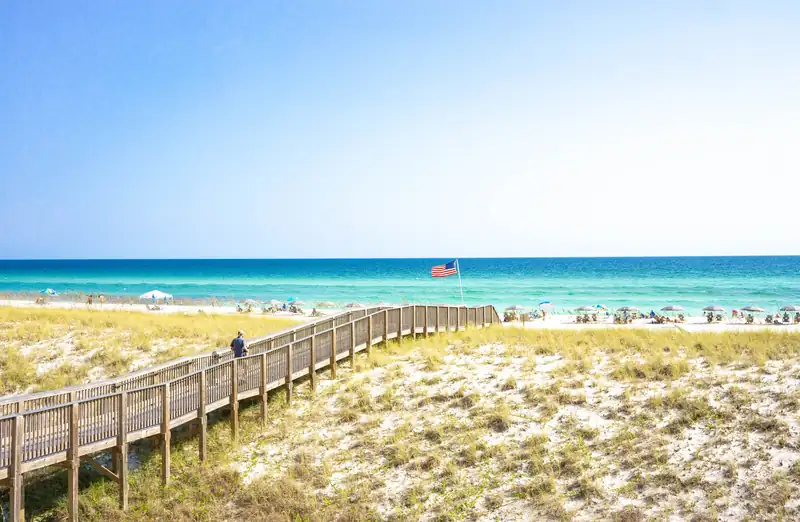
Located on Santa Rosa Island in northwest Florida, Navarre Beach offers emerald-green waters and a peaceful ambiance that attracts both tourists and locals alike. The beach’s relatively uncrowded nature makes it an excellent spot for finding sea glass without much competition.
After storms or during low tide, you’re likely to find pieces in shades of brown or green—the most common colors—but don’t rule out the possibility of uncovering rarer hues like cobalt blue amidst the shoreline debris.
3. Venice Beach
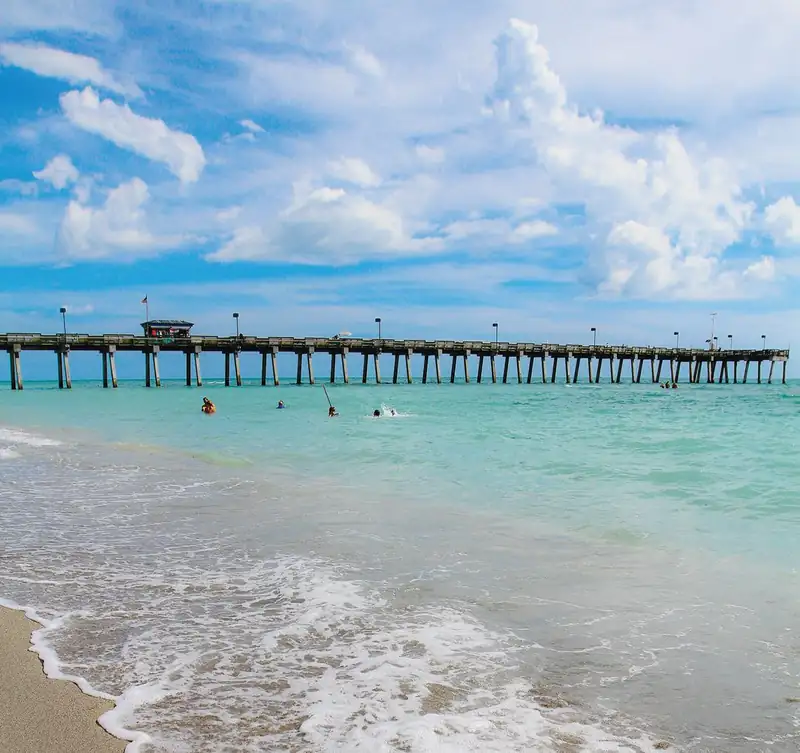
Venice Beach is famous not only for its abundance of fossilized shark teeth but also for its supply of beautiful sea glass. This Gulf Coast gem is particularly popular among collectors who enjoy searching for green and brown pieces as well as occasional blue shards.
The beach’s unique combination of sandy stretches interspersed with shell beds creates prime conditions for discovering hidden treasures. Low tide or post-storm visits are your best bet for maximizing your finds at Venice Beach.
4. Coral Cove Park (Jupiter Island)
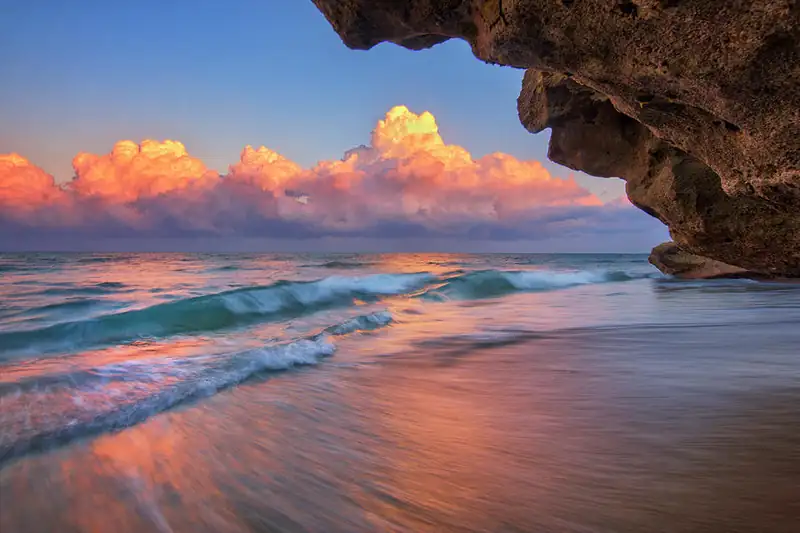
Coral Cove Park on Jupiter Island stands out thanks to its rocky shoreline—a feature that enhances its potential as a sea glass hotspot. The rougher terrain traps debris more effectively than sandy beaches do, making it easier to spot rare colors like red or turquoise amidst the rocks.
Plan your visit during low tide or shortly after storms when fresh deposits are likely to appear. Coral Cove Park’s scenic beauty adds an extra layer of enjoyment to your beachcombing adventure.
5. Fort Myers Beach
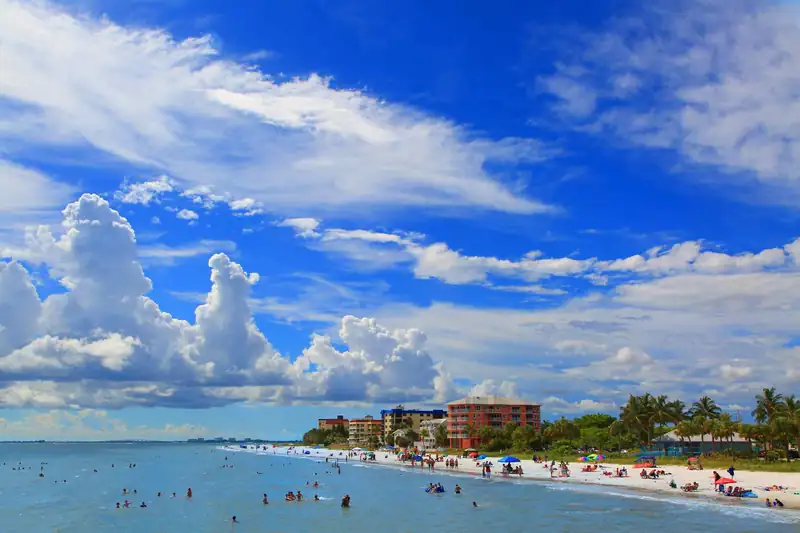
Fort Myers Beach is another Gulf Coast destination known for its shallow waters that yield plenty of brown sea glass along with occasional blue pieces. This popular tourist spot allows individuals to collect up to one gallon of sea glass per person per day—a regulation aimed at preserving this natural resource while still allowing visitors to enjoy it responsibly.
Timing your search around low tide or after storms will increase your chances of success at Fort Myers Beach while providing a relaxing escape from everyday life.
6. Jacksonville Beach
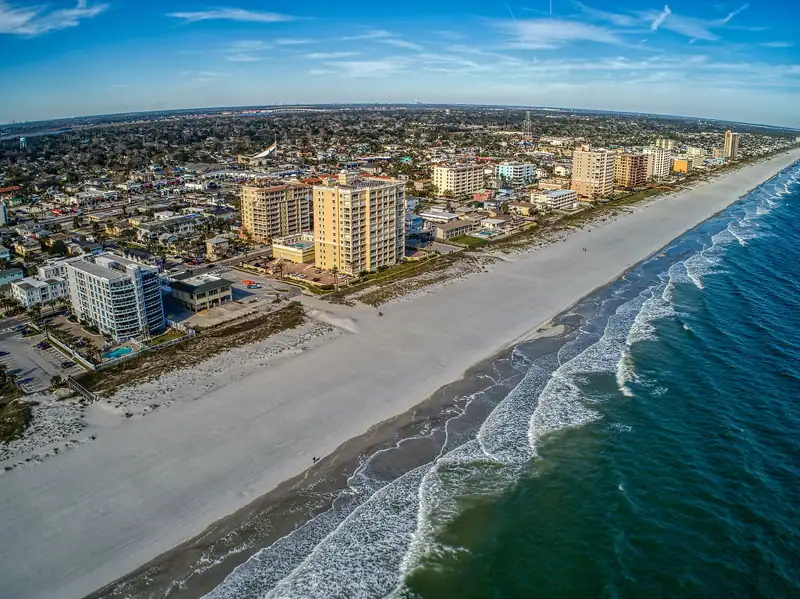
Jacksonville Beach, located on Florida’s northeastern Atlantic coast, offers a long sandy shoreline complemented by rock jetties—ideal conditions for finding frosted sea glass. The Atlantic currents and occasional storms bring in a variety of colors, including green, brown, and the highly sought-after cobalt blue.
This beach is particularly popular among collectors due to its accessibility and the abundance of treasures it offers after strong waves or during low tide. The combination of natural beauty and the thrill of discovery makes Jacksonville Beach a must-visit spot for sea glass enthusiasts.
7. Bowman’s Beach (Sanibel Island)
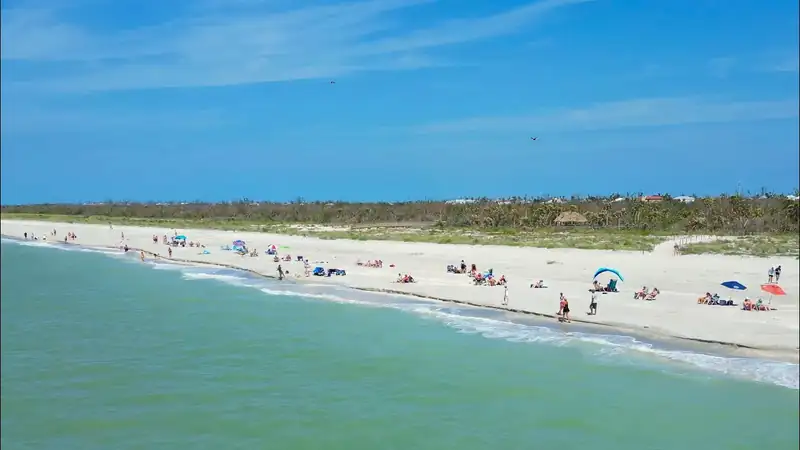
Bowman’s Beach on Sanibel Island is a secluded paradise for sea glass hunters. Known for its pristine environment and diverse finds, this beach often yields rare colors like red and blue, making it a favorite among seasoned collectors.
The best time to search is after storms or during low tide when the Gulf waters reveal hidden treasures. Bowman’s Beach is also famous for its shelling opportunities, so you’ll likely come across a mix of shells and sea glass as you explore this serene location.
8. Daytona Beach
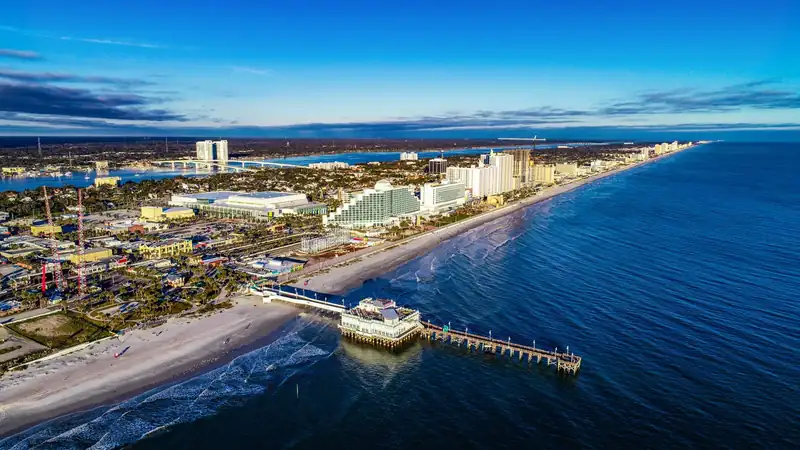
Daytona Beach, situated on Florida’s Atlantic coast, is a vibrant destination that combines recreational activities with excellent sea glass hunting opportunities. The powerful waves along this stretch of coastline churn up vibrant green and blue sea glass, especially after storms or during low tide.
The beach’s wide expanse provides plenty of space for collectors to search for treasures while enjoying the lively atmosphere that Daytona Beach is known for.
9. Clearwater Beach

Clearwater Beach on Florida’s Gulf Coast is celebrated for its crystal-clear waters and soft sandy shores. While it’s primarily known as a family-friendly vacation destination, it also offers great potential for sea glass hunting.
Common finds here include green and brown pieces, but rarer colors like red or blue can sometimes be discovered after storms. The calm Gulf waters make this an enjoyable spot for both beginners and experienced collectors.
10. Jensen Beach
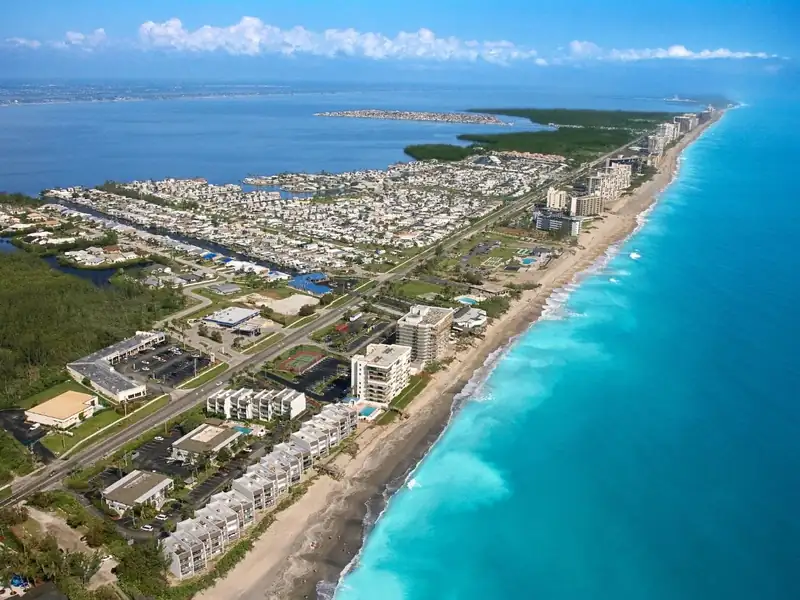
Jensen Beach, located on Florida’s East Coast, is another excellent spot for sea glass enthusiasts. This beach is known for yielding green and brown sea glass, with occasional rare finds such as turquoise or red shards appearing after storms.
The Atlantic currents play a significant role in bringing these treasures to shore, making Jensen Beach a rewarding location for those who take the time to explore its sandy stretches.
11. Hutchinson Island
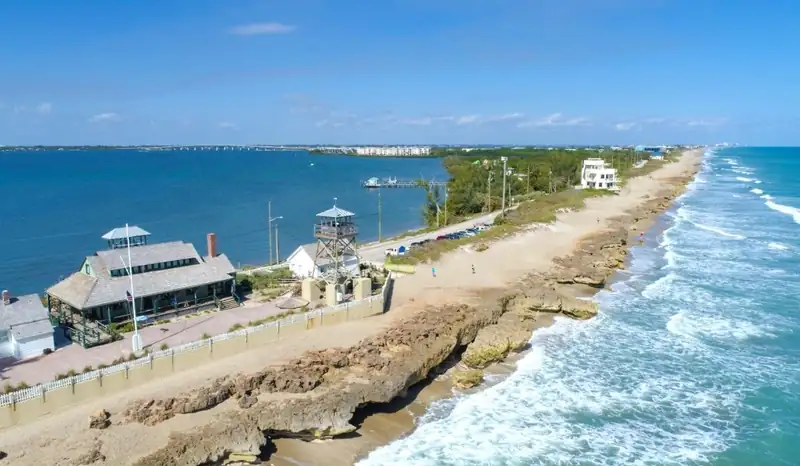
Hutchinson Island, situated along Florida’s Treasure Coast, offers long stretches of sandy beaches that are perfect for sea glass hunting. The island’s position along the Atlantic currents ensures a steady supply of ocean-polished gems, including rare blue-green pieces that collectors prize highly.
Visiting Hutchinson Island during low tide or after storms increases your chances of finding unique and beautiful specimens while enjoying the island’s tranquil surroundings.
The Colors of Sea Glass in Florida
One of the most captivating aspects of sea glass collecting is the wide array of colors you can find—and Florida’s beaches are no exception.
Common Colors
The most frequently encountered colors include:
- White (clear): Derived from common household items like jars or bottles.
- Green: Often originating from beer bottles or soda containers.
- Brown: Typically from soda bottles or other beverage containers.
These colors are abundant due to their widespread use in everyday items over the years.
Rare Colors
Rare colors are what truly excite collectors:
- Red: Often sourced from old ship lights or decorative tableware infused with gold-based colorants.
- Orange: Extremely rare due to limited production historically.
- Turquoise: Found in items like vintage medicine bottles or specialty glassware.
- Pink: Created from depression-era glassware or other unique sources.
The rarity of these colors depends on historical production trends and the specific materials used to create them. For example, turquoise was seldom used due to its high cost, making it a prized find among enthusiasts.
Florida’s beaches offer a unique opportunity to discover both common and rare colors, adding an element of excitement to every beachcombing adventure.
Is It Legal to Take Sea Glass From Florida Beaches?
When collecting sea glass in Florida, it’s crucial to understand the legal considerations involved to ensure you’re adhering to local regulations while protecting the environment.
General Rules
On most public beaches in Florida, collecting small quantities of sea glass for personal use is allowed. However, commercial collection or large-scale removal is generally prohibited to preserve natural resources and ecosystems.
Protected Areas
Certain areas—such as state parks or wildlife preserves—may have stricter rules that completely ban the collection of natural materials, including sea glass. These regulations aim to protect fragile ecosystems and maintain the integrity of these protected spaces.
Example Regulations
For instance, Fort Myers Beach permits individuals to collect up to one gallon of sea glass per person per day. Violating these rules can result in fines of up to $500 in some areas.
Before heading out on your sea glass hunting adventure, always research local laws and guidelines specific to your chosen location. By doing so, you can enjoy this relaxing hobby responsibly while preserving Florida’s beautiful coastlines for future generations.
FAQs About Sea Glass Hunting in Florida
1. What is the rarest color of sea glass?
Red is considered one of the rarest colors due to its gold-based colorant used in production. Orange is even rarer because it was seldom manufactured historically.
2. Can you bring glass to the beach in Florida?
Yes, you can bring glass items to beaches in Florida; however, littering laws apply strictly. When collecting naturally weathered sea glass, ensure you’re doing so responsibly and only from permitted areas.
3. How do you find sea glass at the beach?
To maximize your chances:
- Search during low tide along wrack lines (where debris collects).
- Use sifters or small tools if necessary.
- Visit after storms when waves churn up hidden treasures.
4. What are some other good spots near Florida for sea glass hunting?
Nearby states like Georgia and Alabama also feature rocky beaches where you might find good-quality sea glass similar to what Florida offers.
5. Why is sea glass harder to find now compared to before?
Modern recycling efforts have significantly reduced discarded glass entering oceans. Additionally, plastic has replaced much of what was previously made from glass materials.
Conclusion
Florida stands out as a premier destination for sea glass hunting thanks to its extensive coastline and diverse beach environments along both the Gulf and Atlantic coasts. From Siesta Key’s tranquil waters to Hutchinson Island’s treasure-laden sands, each beach offers unique opportunities to uncover these ocean-polished gems.
Sea glass hunting isn’t just about finding beautiful pieces—it’s about connecting with nature, exploring history through forgotten fragments, and enjoying peaceful moments along Florida’s stunning shores. By following ethical guidelines and respecting local regulations, collectors can ensure their hobby remains sustainable while preserving these coastal treasures for generations to come.
So pack your gear, head out at low tide or after a storm, and immerse yourself in the magic of Florida’s best sea glass beaches!
